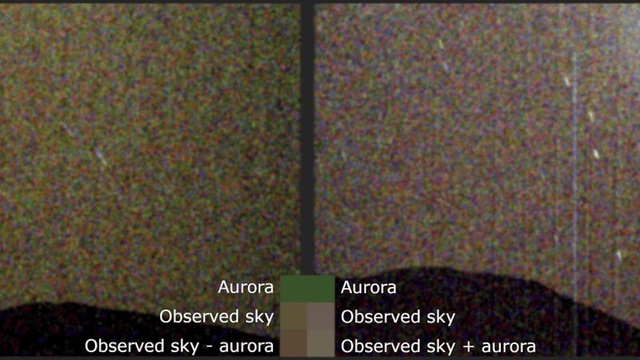
NASA’s Perseverance rover captured a photo of a glowing light in Mars’ sky on March 18, 2024. The image shows clear signs of an aurora that can be seen with the human eye. NASA
NASA’s Perseverance rover has seen something new on Mars — an aurora bright enough to be seen by the human eye. This is exciting news for future astronauts who might get to watch this glowing light show on the red planet.
How the Aurora Happened
Last year, a strong solar storm caused this rare event. Scientists from Europe and the U.S. worked together to predict the storm three days in advance. This gave them time to prepare Perseverance’s cameras to capture the aurora in action.
Different from Past Auroras
Before, Mars auroras only showed up in ultraviolet light, which humans cannot see. This time, the aurora appeared in visible green light. The storm began with a solar flare in March 2024, followed by a burst of plasma from the sun called a coronal mass ejection. This plasma hit Mars and caused the aurora.
What This Means for Science
Elise Wright Knutsen from the University of Oslo explained that these observations show scientists can now predict northern and southern lights on Mars. This helps them learn more about space weather on other planets.
“While the brightness of this event was dimmed by dust, events under better viewing conditions or more intense particle precipitation might be above the threshold for human vision and visible to future astronauts,” the researchers said.
First Aurora Seen From a Planet’s Surface
This is the first time anyone has seen an aurora from the surface of a planet other than Earth. Earlier, Mars auroras were only detected by orbiting satellites.
Perseverance’s Mission on Mars
The Perseverance rover landed on Mars in 2021 and has been exploring Jezero Crater. Scientists believe this area once had a lake and river delta, which means it might hold clues about ancient life. The rover collects dust and rock samples to bring back to Earth for study.
This discovery of a visible aurora adds to the many important findings Perseverance has made about Mars. It also shows what future astronauts might experience when they visit the red planet.















